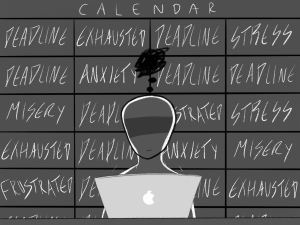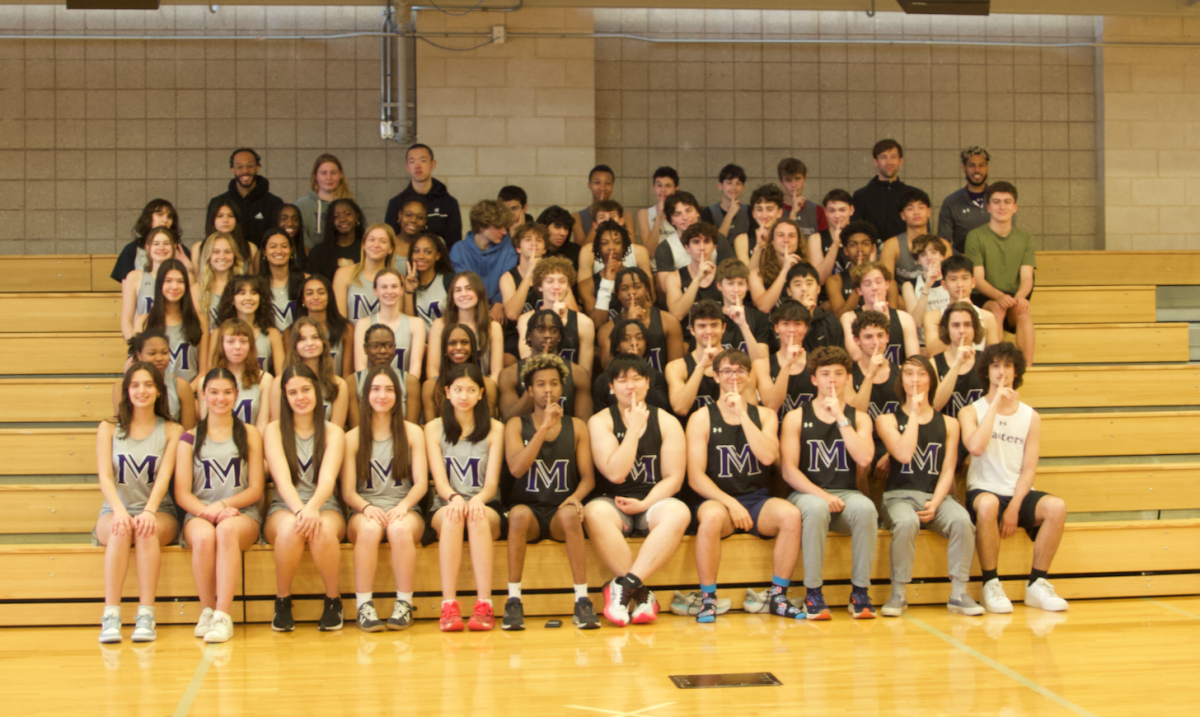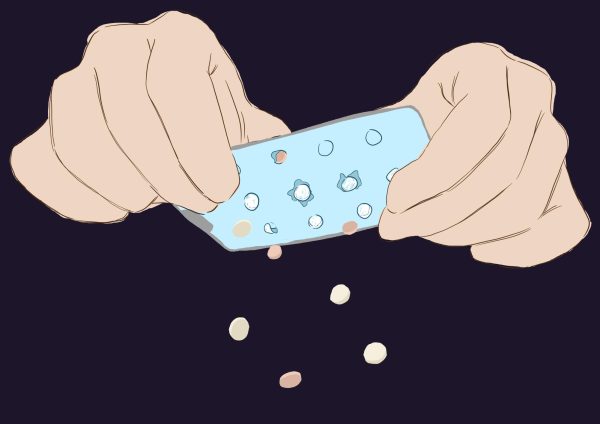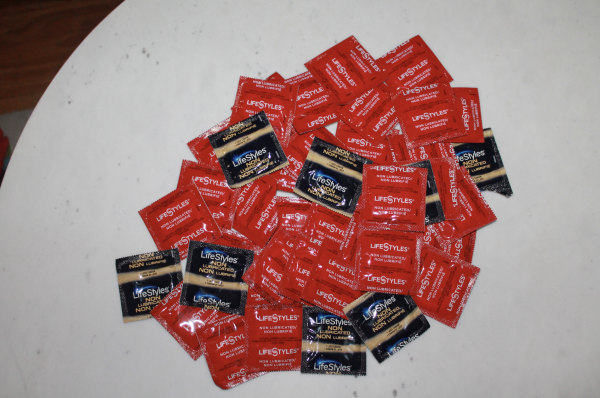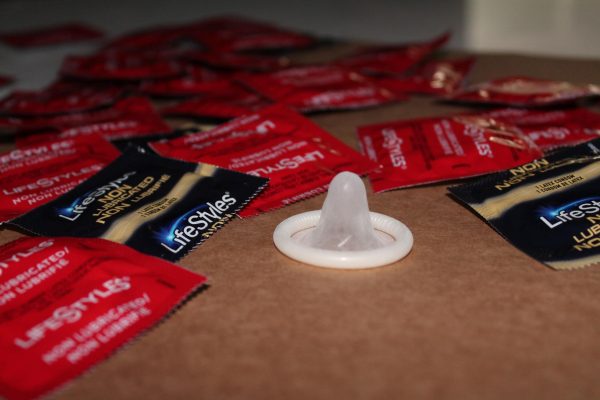More than just cold feet
April 21, 2015
Although spring officially begins March 20, Masters marked spring’s beginning on Feb. 2 with the start of outdoor sports. When classes dismiss, one can see coaches and students treading on the still frostbitten—and very often snowy—fields. For some athletes, however, the cold is more than just uncomfortable. Roughly 5% of the people in the United States have to deal with something called Reynaud’s (Rā-nōz) Disease (also called Reynaud’s Syndrome/Phenomenon), which causes blood vessels in one’s hands and feet to constrict significantly due to either cold or stress. During a Raynaud’s attack, hands or feet will numb, turning white or blue. When fingers and toes are warmed again, one will experience a sharp tingling feeling until full feeling comes back. These attacks can last from 15 minutes up to an hour, which make playing a sport in the cold very difficult. For those who do not have Reynaud’s, the closest thing to having one of these attacks—in terms of sensation—is getting frost-nipped; it’s very scary to not be able to feel fingers and toes. To the unfortunate 5% who experience Reynaud’s and are practicing in the cold for the next few weeks, here are some tips to help avoid attacks, as well as what to do when you are experiencing one:
To avoid frozen fingers and toes:
Use hand/feet warmers
– Sometimes, gloves just aren’t warm enough, and when that happens, it’s nice to have a warm-patch for fingers and toes to retreat to
– If you play baseball or softball, keep a hand warmer in your mit.
– Hand warmers fit much better in mittens, so if your sport allows it, wear them and shove the hand warmers to the tips.
– In order to get the best results, put the feet warmers both under and over your feet.
Make sure your body is warm
– Blood vessels restrict in order to keep your core warm, so layers can prevent an attack from starting.
Wear materials that absorb sweat
– When sweat cools, it can cause an attack, but certain fabrics (The Arthritis Foundation suggests “SmartWool” or “ClimaLite”) can prevent sweat from accumulating and cooling.
What to do when experiencing an attack:
Run your hands or feet under warm water
– Because you wont be able to feel whether the water is scorching hot or biting cold, run your forearm under the water before your fingers to make sure it’s a moderate temperature.
If you’re at the turf
– Estherwood is kept really warm, and the heaters by the front doors are easy to access. Normally if you show a coach your fingers, they wont hesitate to allow you to warm them up inside.
– The bathrooms are right next to the turf, so if your coach(s) wont allow you to go into Estherwood, ask to go to the bathroom and run your fingers under the warm water there
Keep your extremities in motion
– Wiggling or shaking your fingers and toes can help to bring some of the blood back into motion. Although this will not bring back sensation all on it’s own, it’ll help to keep it from getting much worse until you can warm them up.
Sources:
http://www.cedars-sinai.edu/Patients/Health-Conditions/Raynauds-Phenomenon.aspx http://www.arthritistoday.org/about-arthritis/types-of-arthritis/more-types/prevent-raynauds-numbness-and-tingling-2.php http://www.healthcommunities.com/raynauds-disease/overview.shtml




